September is for Empty Nesters
September is when 5-year-olds go to kindergarten, 18-year-olds leave for college, and when 205-day-old calves are weaned from their mothers on Connealy Angus.

5363 and her calf (see matching ear tags)
In all cases there is a period of homesickness - crying at the bus stop (kids and parents), college freshman calling home at night, and calves bawling (not literally 'bawling' - this is ranch-speak for 'mooing') for their mothers, but it is a necessary part of life for all animals and humans.
Just as children flying the coop allows their parents to take some time for themselves and relax after having a busy child or hormonal teenager in the house 24/7, weaning allows mama cows to stop lactating, gain weight, and get their bodies back in preparation to raise the baby calf that is currently in-utero. Offspring's separation from their parents is a critical step to becoming independent and to thriving.
Here's how fall weaning goes down at Connealy Angus:
Early in the morning before temperatures rise, the cow-calf pairs are gathered into a corral, and the calves are sorted off from their mothers. Jerry and the crew do this in the calmest and most natural way possible - shouting and chasing are kept to a minimum.

Jerry, Gabriel, and Cameron sorting calves.

Joe sorting calves from cows

Jerry, his tongue, and Gabriel sorting calves
After the calves are in one group by themselves and the cows in another, the calves are weighed (read our "Why Not All Ranchers Raise Beef" post for more on data points collected during the lifespan of a bull or cow). They are also sprayed for flies and given two different vaccinations: one for BVD (Bovine Viral Diarrhea), and one for Pasteurella (a respiratory disease).

Pasteurella Vaccine

BVD Vaccine
*A note about the vaccines: Most vaccines we use are modified live vaccines. They do not cause disease, but when administered the cells recognize it as a specific disease and start building up an immunity. By giving vaccines, we're reducing the chance of having to administer antibiotics later - not because we don't believe in them to stop suffering or save a life - but because whenever a calf gets sick, he/she loses weight and goes backwards in growth. It's an economic incentive, as well.

Joe & Cameron with sorted calves
Many ranching operations would then move the calves to a pasture so far away that they are out of sight and earshot from the cows. However, at Connealy Angus the calves and cows are moved into adjacent pastures so they can still see, hear, and smell each other. Weaning is already a stressful event, so keeping calves and cows close and comfortable reduces stress, resulting in lower levels of sickness and fewer broken fences for us to have to fix.

Cows separated from calves
After making sure the fence between the cows and calves is strong and reinforced we let them be, keeping a close eye out for any signs of sickness or stress. For the first day or two, the cows and calves spend most of their time right up against the fence near each other, but soon enough both groups gradually spend more and more time grazing.
And that's that! Weaning completed. Calves can grow independently and their mothers can recuperate enough to have a healthy baby in January.
If only humans weaned this easily!

